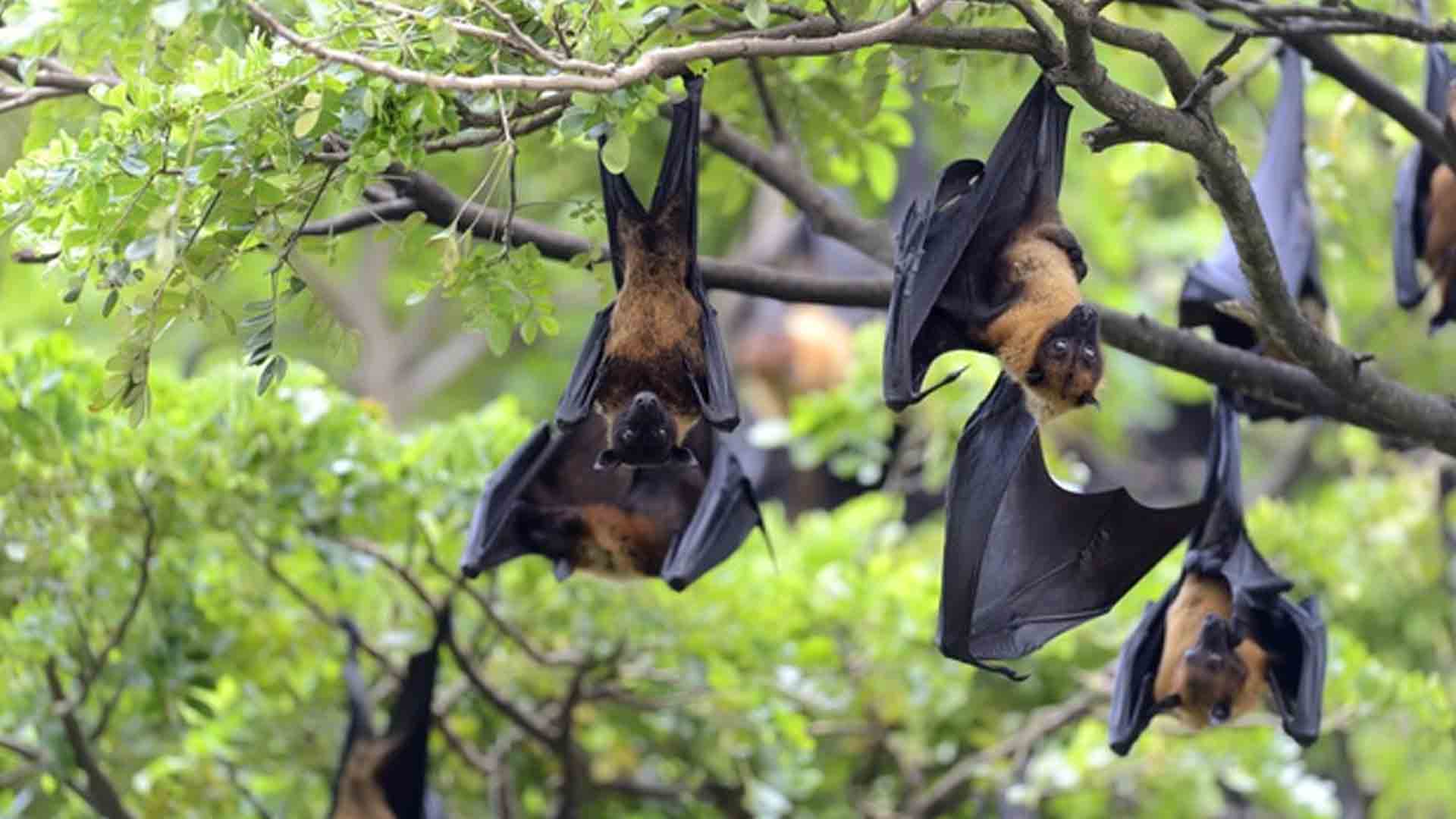Last February scientists from the Chinese Academy of Sciences published findings indicating a possible connection between the coronavirus outbreak and bats.
Their study published in Nature showed that 96% of the coronavirus genome spreading around the world today was identical to another coronavirus found in bats.

However, bat viruses have long been a part of bat evolution, as stated in a study by Charles Calisher published in 2006.
“The correspondingly ancient origins deduced for certain zoonotic viruses [viruses from animals that infect humans] maintained in bats, such as the henipaviruses and lyssaviruses, suggest a long history of cospeciation,” wrote the authors.
If such viruses are as ancient as bat evolution itself, the question then arises as to why humans are just now being exposed to such viruses?
The human factor
If a bat or another wild animal is confirmed as the source of the coronavirus pandemic, these species still cannot be blamed for the spread all by themselves.
Stephen Morse, a professor of epidemiology at the Columbia University Medical Center, wrote extensively on the different factors that facilitate the spread of new diseases.
These factors also include deforestation, building of dams, human travel, and breakdown of public health measures, among others.
“Responsible factors include ecological changes, such as those due to agricultural or economic development or to anomalies in climate; human demographic changes and behavior; travel and commerce; technology and industry; microbial adaptation and change; and breakdown of public health measures,” wrote Morse in an essay published in the journal Emerging Infectious Diseases in 1995.
As humans live closer and closer to bat and forest habitats, this exposes us to more of these diseases.
In the same study by Calisher, they mention that many more fruit bat habitats include urban areas in Australia. Australia was also hit by a virus, found to be from bats. Named the Hendra virus, after a suburb in Brisbane where it was found, it went from bats to local horses, infecting Australians in the area.
They also mention Nipah virus outbreaks in Malaysia and India during the early 2000s, both of which were found to have come from local bats.
Though these incidents before today’s coronavirus seem more isolated and far away, other factors have changed the way these viruses can travel from one area to the next.
In 2017, the International Air Transport Association or IATA announced that the number of connected cities by plane doubled since 1995, while the largest number of passengers carried by airlines were those in the Asia-Pacific, amounting to 1.5 billion passengers in 2017 alone.
IATA also announced that China would eventually add 921 million new passengers from 2016 to 2032, surpassing the United States.
Coronavirus = an inevitable outcome of human practices
By merely looking at our steady encroachment on wildlife habitats, and increased human travel, it is no wonder why the coronavirus has spread so far and wide.
Add to this the unprepared or weak health care systems of various countries around the world, as well as increased wildlife trade, it would seem that in hindsight this could have been predicted.
Scientists from the Zoological Society of London and Columbia University wrote in one study that over half of newly discovered diseases from 1990 to 2000 came from animals.
The authors added, “this supports the suggestion that zoonotic EIDs [emerging infectious diseases] represent an increasing and very significant threat to global health.” The study was published in 2008.
Long-term, local solutions
The focus at the moment, and rightly so, is supporting the on-going work to decrease the number of coronavirus cases and deaths. In the Philippines and all over the world, governments, health agencies, scientists, food distributors, transportation, and other sectors and frontliners are doing what they can to keep people as safe and as comfortable as possible.
In the long-term however, one of the solutions is to focus on these zoonotic diseases at their source: wildlife and wildlife habitats.
Two bat coronaviruses were already identified in bats in the Philippines, as noted in a study by scientists from Japan and UPLB published in Emerging Infectious Diseases last 2010. Meanwhile according to the DENR Biodiversity Management Bureau, the Philippines has over 78 different kinds of bats.
Increased study and stronger conservation actions for bat and wildlife habitats must be pursued in order to better understand where these viruses come from, and possibly derive ideas or direct solutions for cures or disease management.
Unfortunately the top three threats to bats and these habitats are deforestation, agriculture, and logging, according to a preliminary study led by Krizler C. Tanalgo published in PeerJ Preprints in 2018.
Forest conservation efforts have long been an effort by NGOs and government agencies in the Philippines, including work done by the Haribon Foundation. Haribon’s Forest Governance Project involves strengthening local community efforts to ensure their forest resources are sustained and protected. This also includes the conservation of forest species from Philippine Eagles to rare hornbills, including bats that live in these areas.
As the coronavirus spreads, more questions will be unveiled. Some of the answers however, have long been discussed by science. Now we must encourage further support for such studies.
The sound implementation of environmental policies must also be pursued, to help us better understand wildlife, and protect ourselves from future pandemics.






















